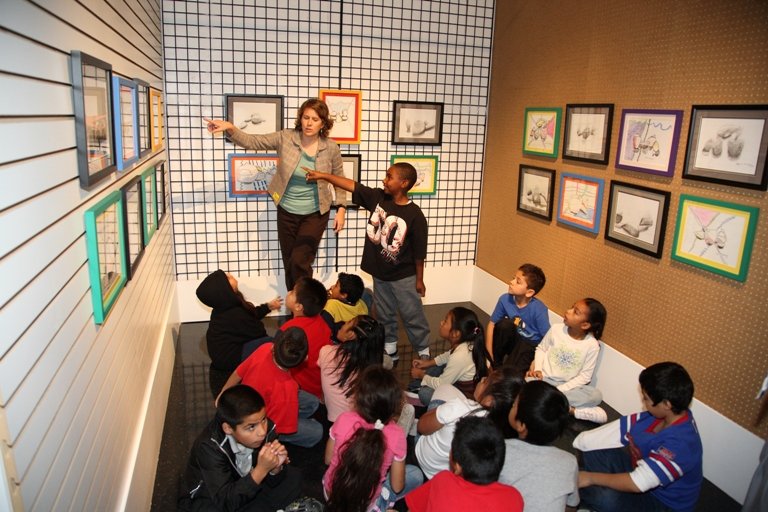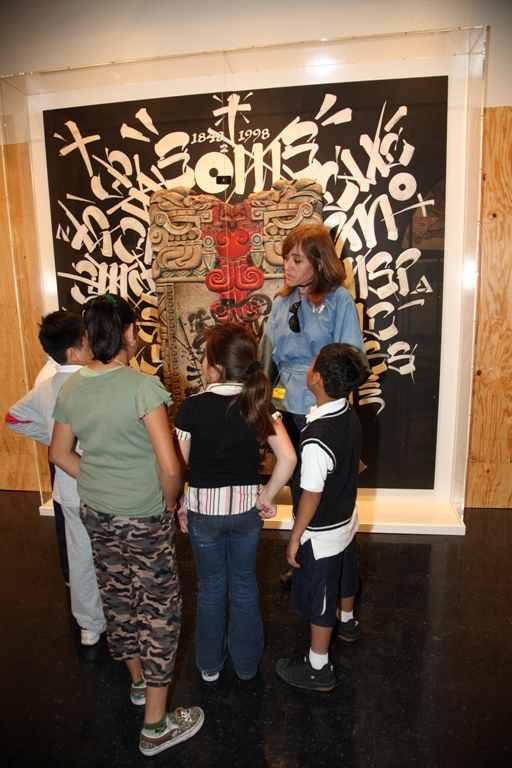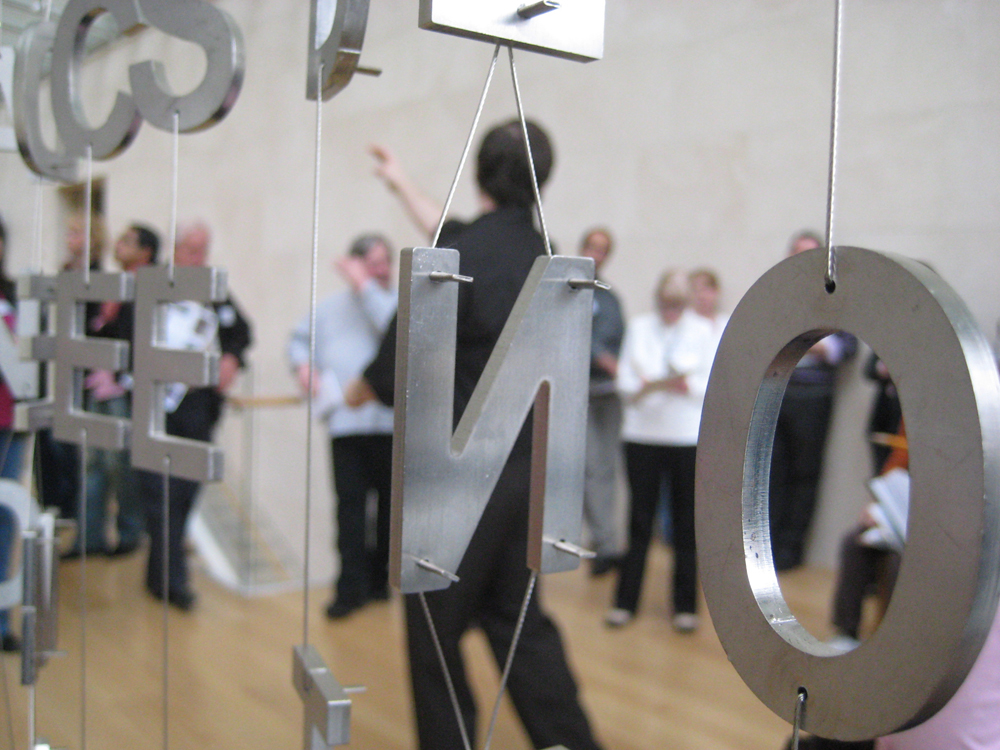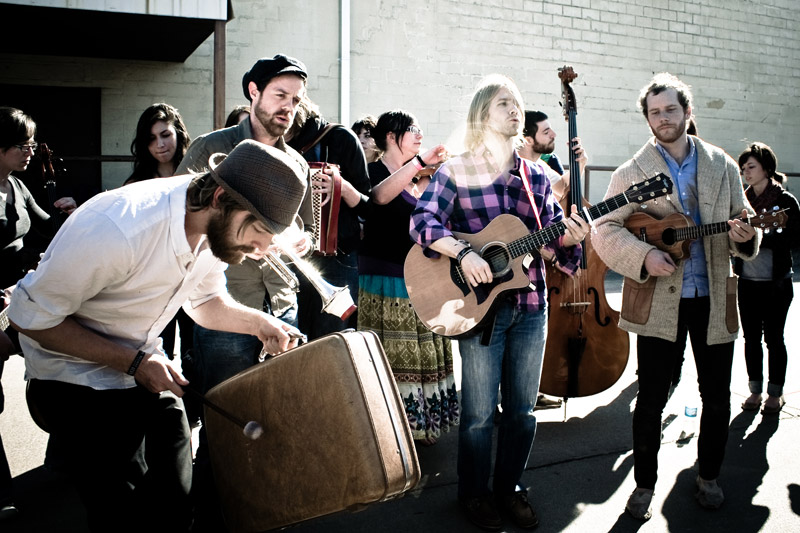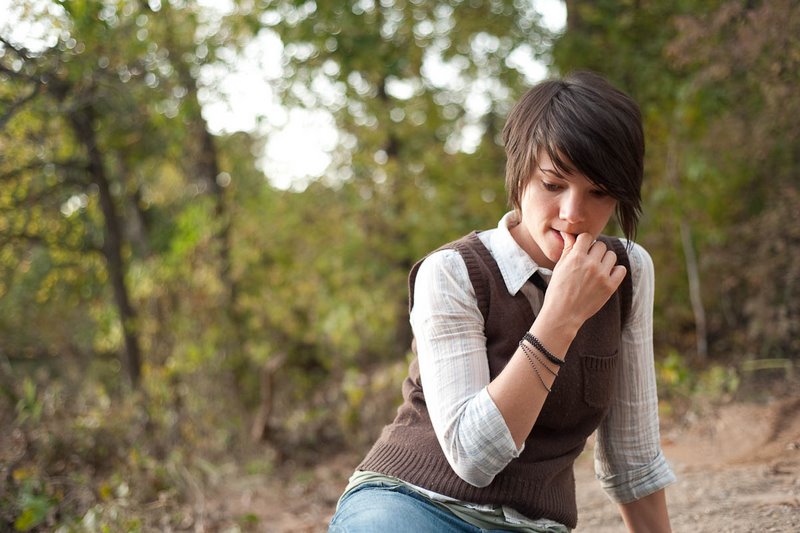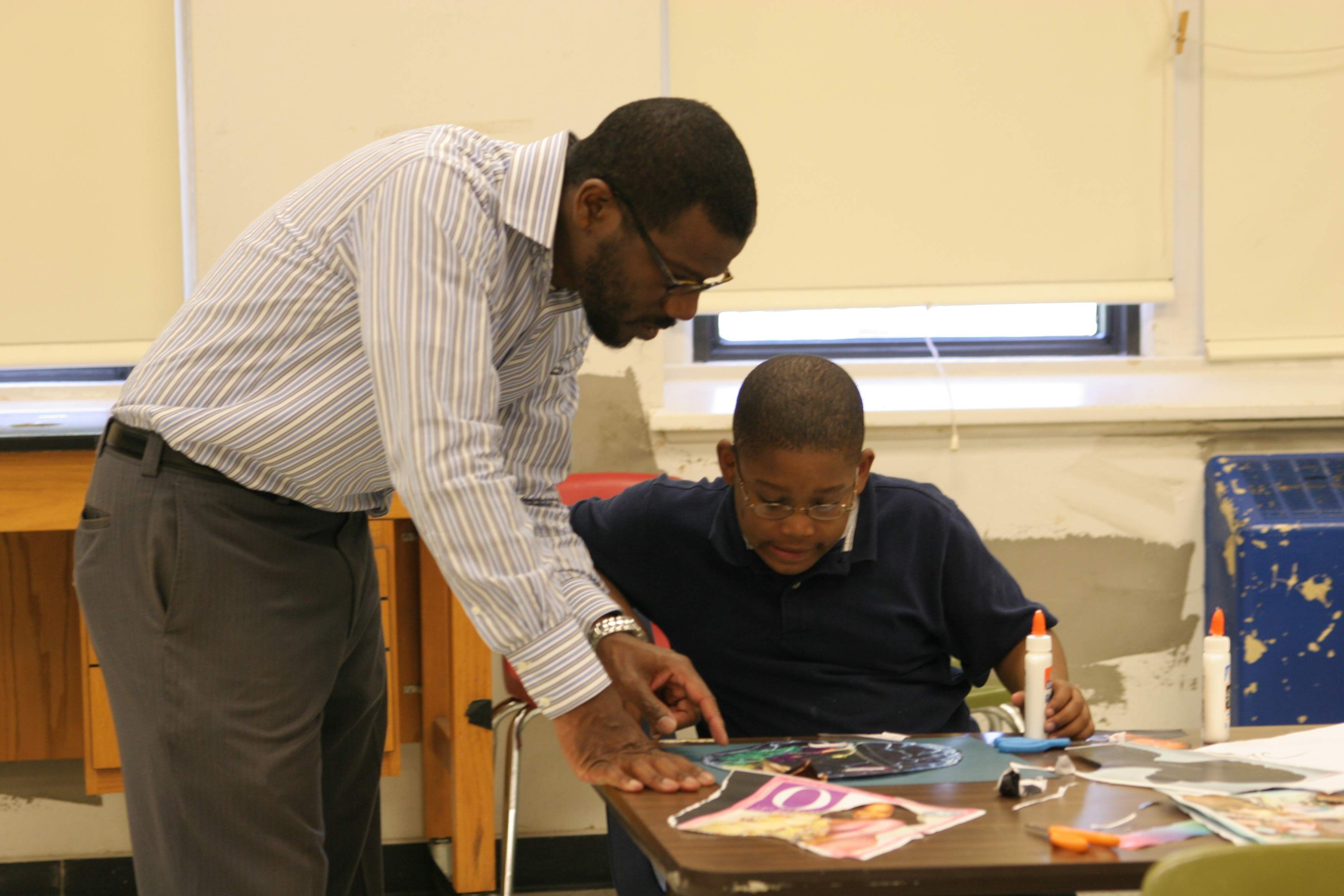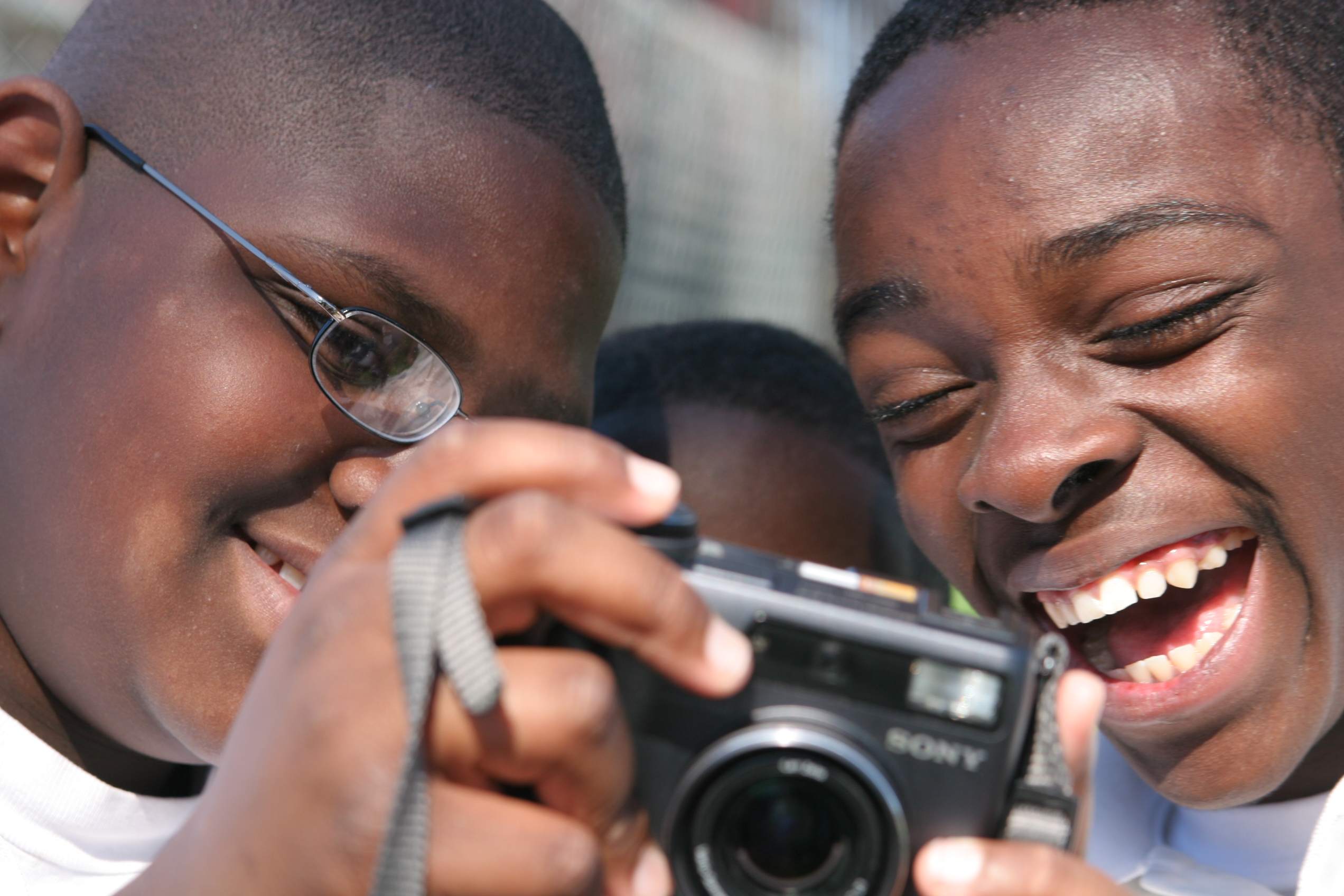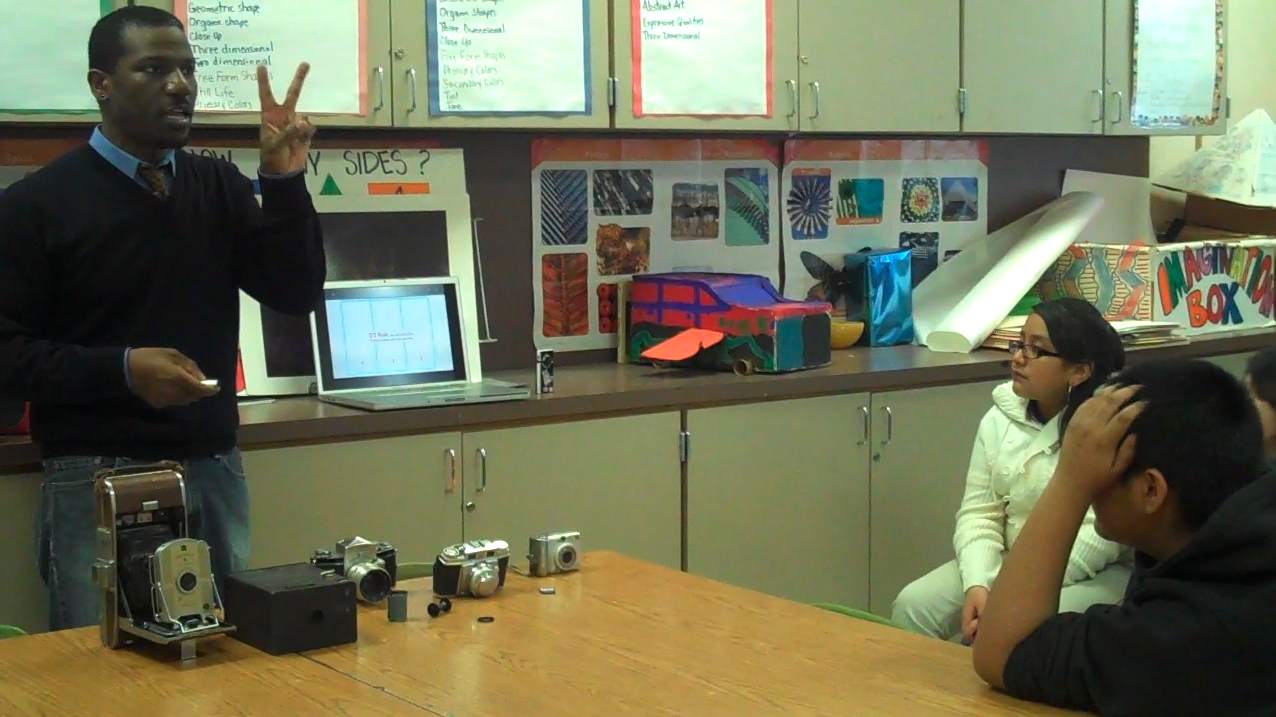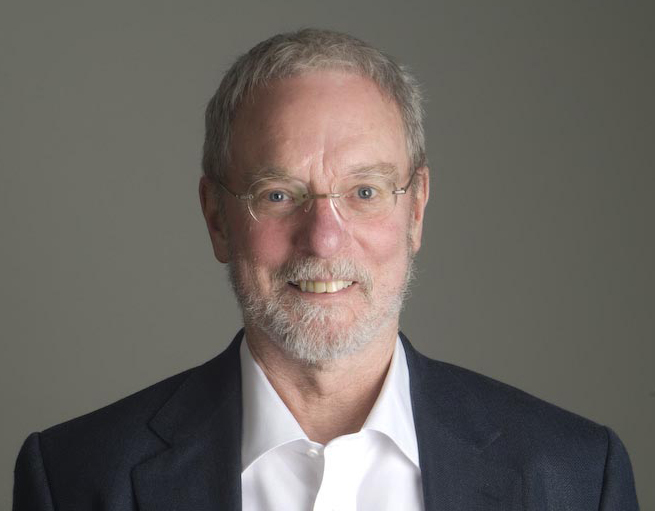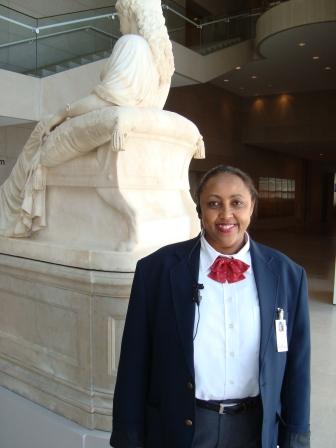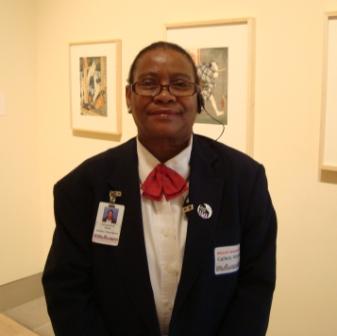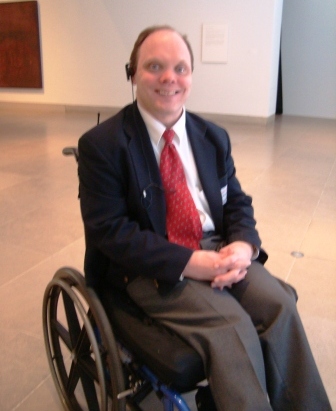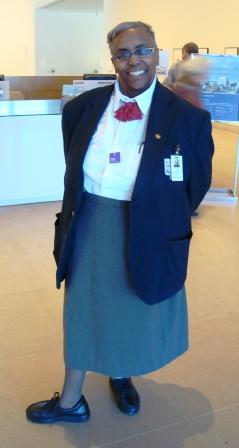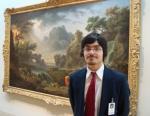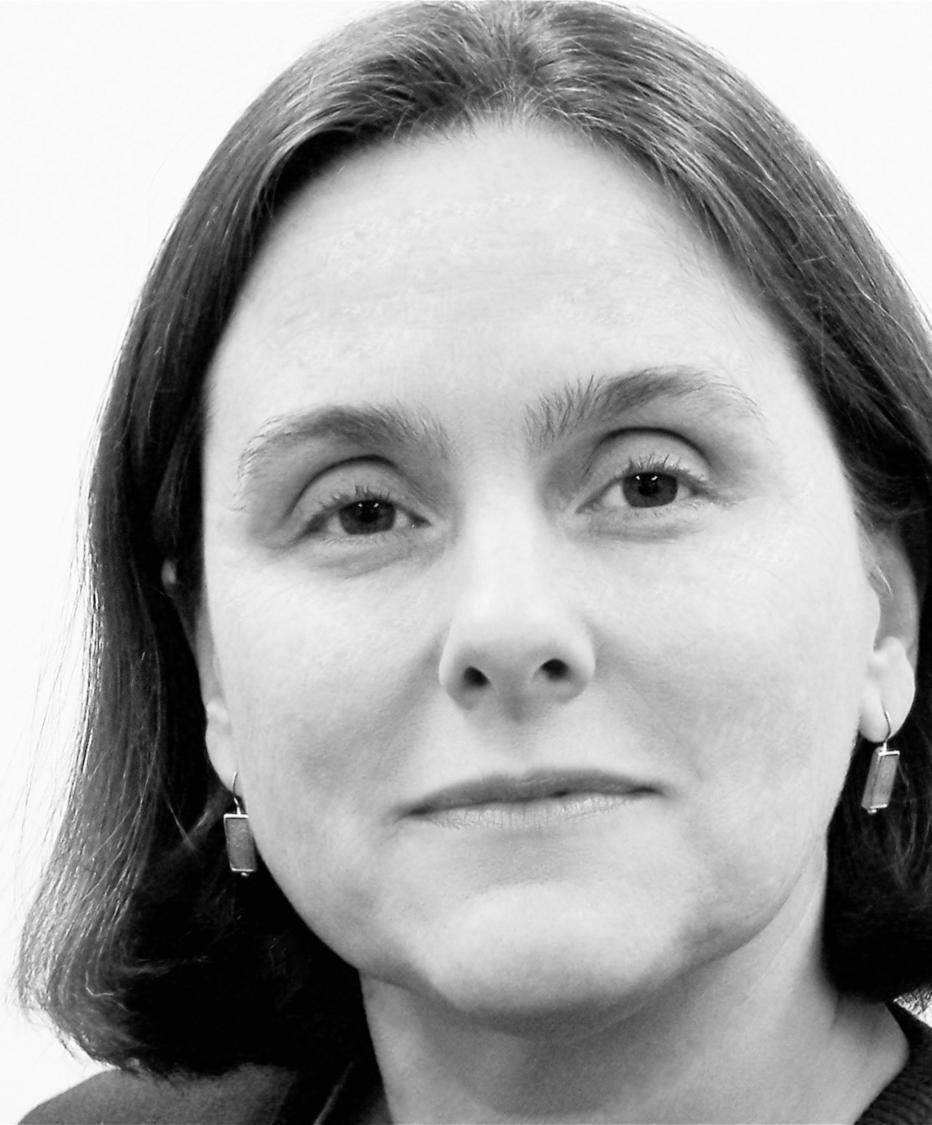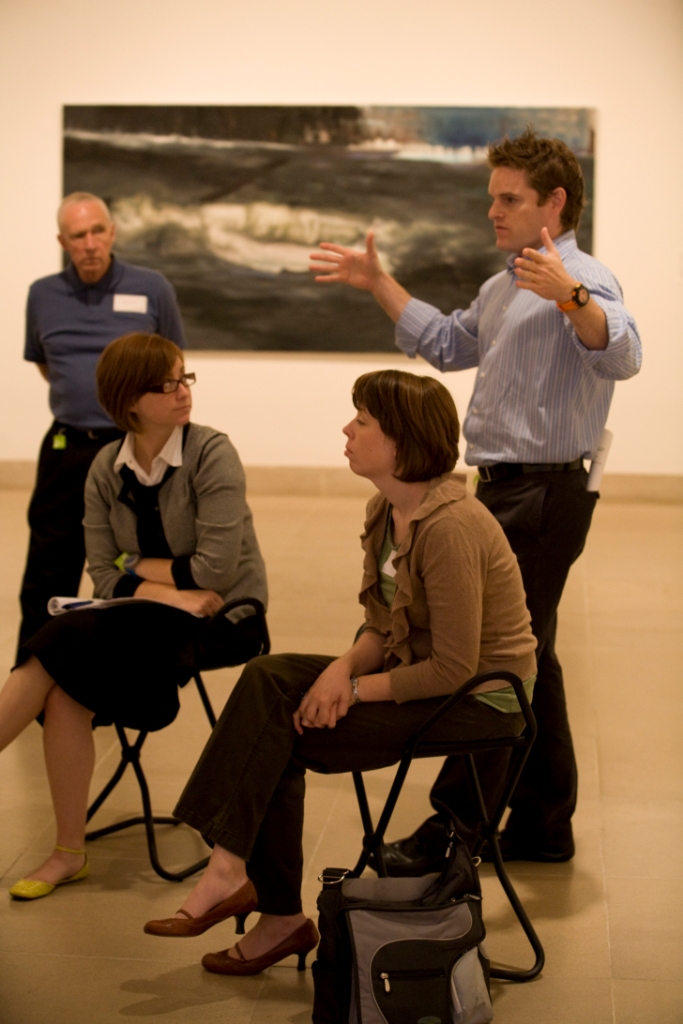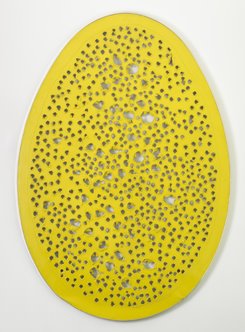I look forward to spring for several reasons: warmer weather, hints of green and color coming out on trees and plants, and the National Art Educators Association Convention. Held in a different city each year, the Convention provides opportunities for us to meet museum and classroom educators from all over the United States, as well as other countries, and to learn what our colleagues are doing and thinking about in their respective cities. On the flip-side, DMA educators often lead conference sessions and share about the new and exciting programs that consume our daily lives.
The most recent Convention took place in Seattle during Spring Break. I took part in a session with Elizabeth Gerber and Sofia Gutierrez, educators from the Los Angeles County Museum of Art. We all work closely with afterschool programs, and evaluation and reflective practice are essential to the development and refinement of our programs. We led a session that not only described our programs but also encouraged our audience to share their practices. Meet our most distant Community Connections to date below:
Briefly describe your position at LACMA.
Elizabeth: In a nutshell, I aim to connect the art at LACMA with the lives of students and teachers throughout Los Angeles County. This includes working with multi-visit school programs where kindergarteners through high school students visit the museum multiple times; programs that take place in schools, libraries, and community centers; and professional development opportunities for classroom teachers. These programs occur during school, after school, in the evenings, and on the weekends. LACMA even creates an exhibition at a local elementary school each year!
Sofia: I coordinate the out-of-school afterschool component for the Art Programs with the Community: LACMA On-Site program. We have a partnership with the Los Angeles Public Library, the YMCA, and the Los Angeles Unified School District. The majority of the workshops happen at the seventeen partner libraries, where we hold weekly sixty- to ninety-minute hands-on art programs focused on developing critical thinking skills, creativity, and personal connections. I work closely with our teaching artists by mentoring, looking over lesson plans, collaborating on professional development, team teaching, and further developing best strategies for equal voicing opportunities for our participants, many who are English Language Learners. Each workshop has learning and social goals that were developed from our two-year participatory evaluation modeled after the Theory of Change. I also work closely with the librarians and other community partners and coordinators in our programs to ensure we are meeting the educational and life-long learning needs of their community, and to extend the hospitality of LACMA as part of their community.
What was your favorite part of your Seattle NAEA experience?
Elizabeth: This year I really enjoyed the opportunity to think “big” about museums and the ways they connect with audiences and communities. This work encompasses everything from collaborating with living artists, to evaluating the work of museums, to articulating the ways museums have an impact on their visitors and program participants.
Sofia: I especially enjoyed hearing about all the inspiring work that is being done in the field of Museum Education and the nation’s libraries, and the call to action from our profession to ensure that the nation is aware of the crucial role and value of these public institutions, and that museums along with libraries, not just the sciences, are leading the way in developing 21st Century Skills.
If you could take any work of art from the LACMA collection home with you, what would you choose? (I know I ask this question of all our museum colleagues, but this is a great way to learn about the treasures of their collections!)
Elizabeth: It is tough to pick just one! Although my background is in contemporary art, I’d love to live with Copenhagen: Roofs Under the Snow by Peter-Severin Krøyer.
Sofia: I would choose Veiled Christ, a small 18th century Italian terracotta sculpture of Christ entombed with a shroud covering his body. And if that wasn’t available, I would take The Magdalen with the Smoking Flame, c. 1638-1640, by Georges de La Tour.
Melissa Nelson
Manager of Teaching in the Community
